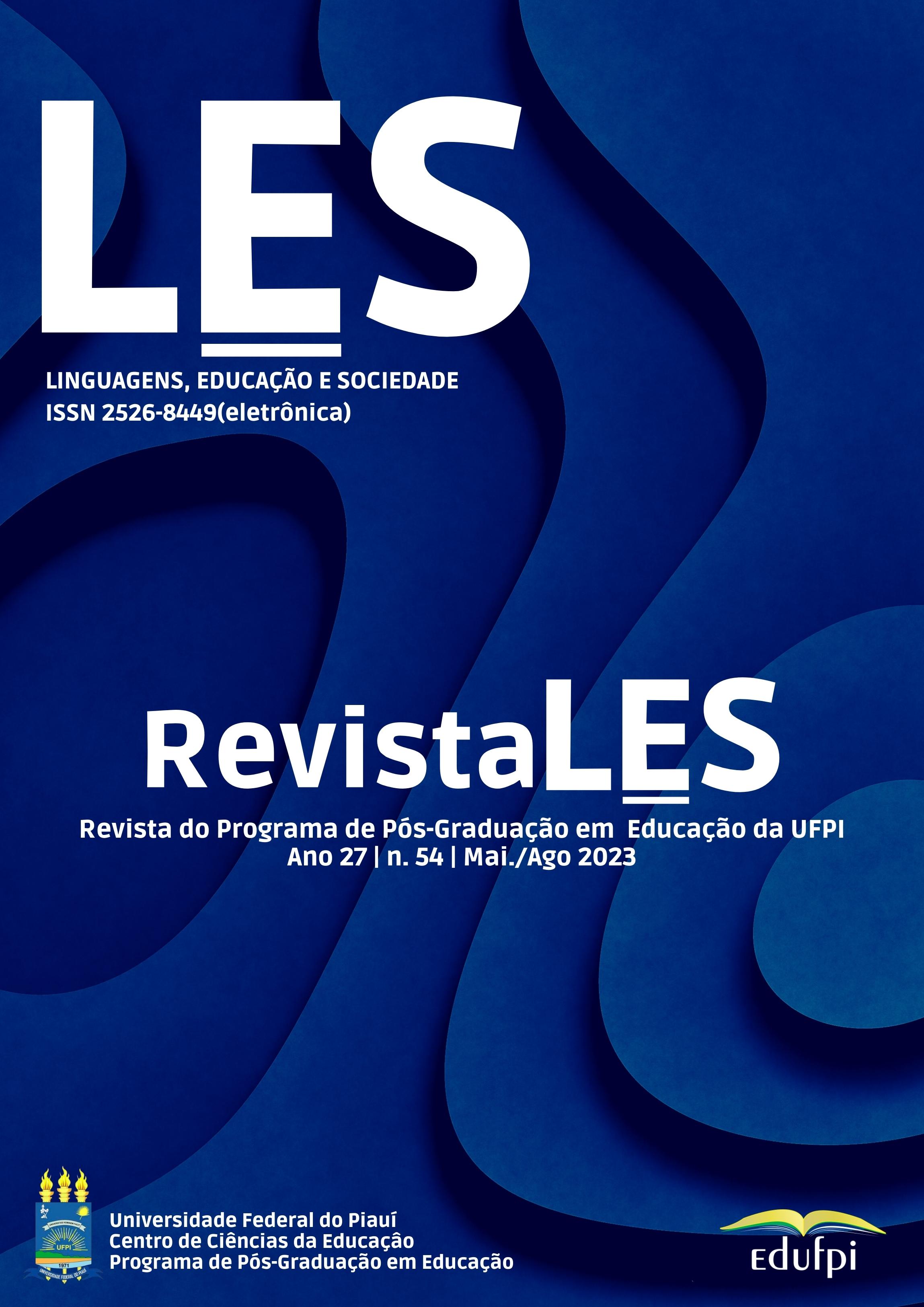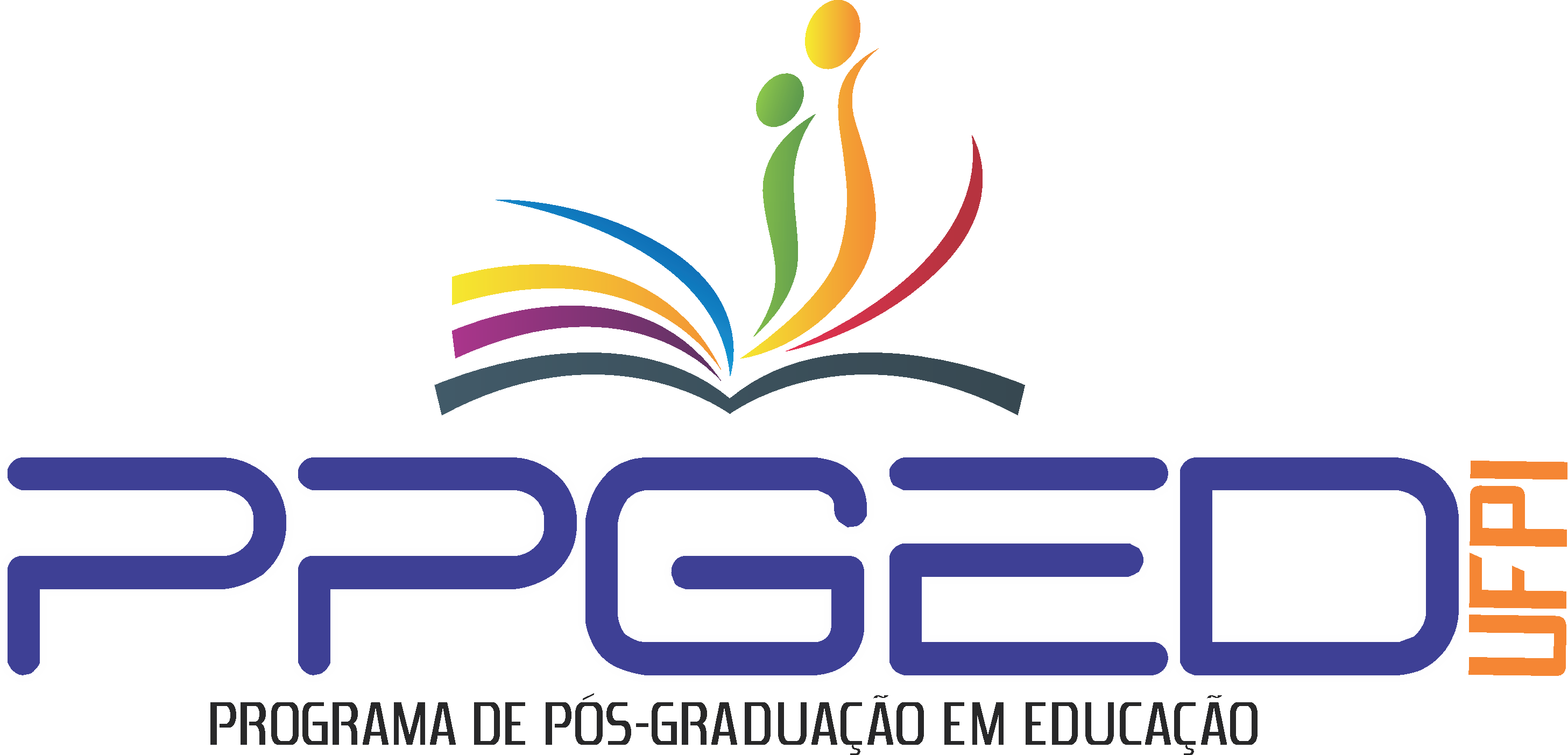COMO OS(AS) ALUNOS(AS) OUVINTES DO ENSINO MÉDIO INTEGRAL PODEM VIVENCIAR A LÍNGUA BRASILEIRA DE SINAS (LIBRAS)?
DOI:
https://doi.org/10.26694/rles.v27i54.3926Palavras-chave:
Libras, Aluno(a) Ouvinte, Educação Básica, Formação de Professores(as), Placa InformativaResumo
A inclusão é um fato imprescindível a ser respeitado e cada vez mais implantado na sociedade. Desse modo, este artigo justifica-se pela necessidade de pensar em formas de ensino que envolva o(a) aluno(a) ouvinte a fim de colaborar com a inclusão do(a) aluno(a) surdo(a) e despertar o interesse por aprender Libras. O objetivo é divulgar o resultado de uma intervenção didático-pedagógica realizada com os(as) alunos(as) ouvintes de uma turma do 2º ano do ensino médio integral de uma escola estadual do município de Timbaúba a vivenciarem a Língua Brasileira de Sinais (Libras), por meio da elaboração de placas informativas para o ambiente escolar. Com relação aos pressupostos teóricos, este trabalho fundamenta-se no Círculo de Bakhtin (BAKHTIN/VOLOCHÍNOV, 2006, BAKHTIN, 2003), com relação ao conceito dos gêneros discursivos e no Interacionismo Sociodiscursivo (DOLZ; NOVERRAZ; SCHNEUWLY, 2004; Costa-Hübes, 2009; 2011), quanto a elaboração de uma sequência didática, como forma de organizar didaticamente a elaboração de placas informativas em Libras para o ambiente escolar. Os aspectos metodológicos configuram-se por ser uma pesquisa-ação (ENGEL, 2000; TRIPP, 2005), de cunho qualitativo (GIL, 2002; 2008). Como resultado final, oportunizamos aos(às) alunos(as) a aprendizagem da Libras para se comunicarem e promoverem a inclusão de colega surdo(a) da escola ou qualquer outra pessoa surda que vive na sociedade. Para o(a) professor(a), o aperfeiçoamento de sua prática pedagógica no ensino da Libras na educação básica.
Downloads
Referências
BAKHTIN, M. Estética da Criação Verbal. 4. ed. São Paulo: Martins Fontes, 2003
BAKHTIN/VOLOCHÍNOV, M. Marxismo e Filosofia da Linguagem. 12. ed. São Paulo: Hucitec, 2006.
BRASIL. Lei nº 9.394, de 20 de dezembro de 1996. Diário Oficial, 23 de dezembro de 1996. Disponível em: <http://www.planalto.gov.br/ccivil_03/leis/l9394.htm>. Acesso em 10 jan. 2023.
BRASIL. Lei nº 13.415, de 13 de fevereiro de 2017. Diário Oficial, 17 de fevereiro de 2017. Disponível em: <http://www.planalto.gov.br/ccivil_03/_ato2015-2018/2017/lei/L13415.htm>. Acesso em 10 jan. 2023.
BRASIL. [Constituição (1988)]. Constituição da República Federativa do Brasil de 1988. Brasília, DF: Presidência da República, [2016]. Disponível em: <http://www.planalto.gov.br/ccivil_03/Constituicao/ Constituiçao.htm>. Acesso em 08 fev. 2023.
BRASIL. Decreto nº 5.626, de 22 de dezembro de 2005. Diário Oficial, 23 de dezembro de 2005. Disponível em: <https://www.planalto.gov.br/ccivil_03/_ato2004-2006/2005/decreto/d5626.htm>. Acesso em 10 jan. 2023.
BRITO, L. F. Por uma gramática de línguas de sinais. 2. ed. Rio de Janeiro: Edições Tempo Brasileiro, 2010.
CRISTOVÃO, V. L. L. Desvendando Textos com o Interacionismo Socio Discursivo. In: ANTONIO, J. D.; NAVARRO, P. (Orgs.). O Texto como Objeto de Ensino, de Descrição Linguística e de Análise Textual e Discursiva. Maringá: Eduem, 2009. p. 49-57.
CRISTOVÃO, V. L. L. Gêneros Textuais, Material Didático e Formação de Professores. SIGNUM, Londrina, v. 8, n. 1, p. 173-191, 2005.
COSTA-HÜBES, T. C. Por uma Concepção Sociointeracionista da Linguagem: orientações para o ensino da língua portuguesa. Línguas & Letras, Cascavel, v.--, nº. especial XIX, p. 2-20, 2011.
COSTA-HÜBES, T. C. Reflexões Linguísticas sobre Metodologia e Prática de Ensino em Língua Portuguesa. Confluência, Rio de Janeiro, v. 1, n. 35, p. 129-146, 2009.
COELHO, E. Libras em Foco por Elsa Coelho. Youtube Brasil. 2022. Disponível online em: <https://www.youtube.com/channel/UCY4mh58HX4cpq9wv3LqTbcQ/featured>. Acesso em 23 abr. 2023.
DOLZ, J; NOVERRAZ, M; SCHNEUWLY B. Sequências Didáticas para o Oral e a Escrita: Apresentação de um Procedimento. In: ROJO, R; CORDEIRO, G. S. (Orgs.). Gêneros Orais e Escritos na Escola. 2. ed. Campinas: Mercado de Letras, 2010. p. 95-128.
ENGEL, G. I. Pesquisa-Ação. Educar, Curitiba, v.--, n. 16, p.181-191, 2000.
FELIPE, T. A.; MONTEIRO, M. S. Libras em Contexto: livro do professor/instrutor - curso básico. Brasília: MEC/SEE, 2001.
GIL, A. C. Métodos e técnicas de pesquisa social. 6. ed. São Paulo: Atlas, 2008.
GIL. A. C. Como elaborar projetos de pesquisa. 4. ed. São Paulo: Atlas, 2002.
LEMOS, E. F. S. C. Sequência didática com o gênero placas informativas para a inclusão das Libras na sinalização do ambiente escolar (versão do(a) professor(a)). Mimeo: Nazaré da Mata, 2022a.
LEMOS, E. F. S. C. Sequência didática com o gênero placas informativas para a inclusão das Libras na sinalização do ambiente escolar (versão do(a) aluno(a)). Mimeo: Nazaré da Mata, 2022b.
PERNAMBUCO. Instrução Normativa da nº 007 de 2017. Diário Oficial de Pernambuco, 17 novembro de 2017. Disponível em: <https://200.238.105.211/cadernos/2017/20171117/1PoderExecutivo/PoderExecutivo(20171117).pdf>. Acesso em 10 fev. 2023.
PERNAMBUCO. Secretaria de Educação e Esporte. Currículo de Pernambuco do Ensino Médio. Recife: A Secretaria, 2021.
SILVA, R. A. Sinalizar, para quê?: uma proposta de sinalização para as bibliotecas da área da Saúde da UFRGS. 104 f. 2011. Monografia (Graduação em Biblioteconomia) –Universidade Federal do Rio Grande do Sul, Porto Alegre, 2011.
SCHNEUWLY, B; DOLZ, J. Os Gêneros Escolares: das práticas de linguagem aos objetivos de ensino. Revista Brasileira de Educação, São Paulo. v. 4, n. 11, 1999.
SWIDERSKI, R. M. S.; COSTA-HÜBES, T. C. Abordagem sociointeracionista & sequência didática: relato de uma experiência. Línguas & Letras, Cascavel, v. 10, n. 18, p. 113-128 2009
TRIPP, D. Pesquisa-ação: uma introdução metodológica. Educação e Pesquisa, São Paulo, v. 31, n. 3, p. 443-466, 2005.
Downloads
Publicado
Como Citar
Edição
Seção
Licença
Copyright (c) 2023 Linguagens, Educação e Sociedade

Este trabalho está licenciado sob uma licença Creative Commons Attribution 4.0 International License.













